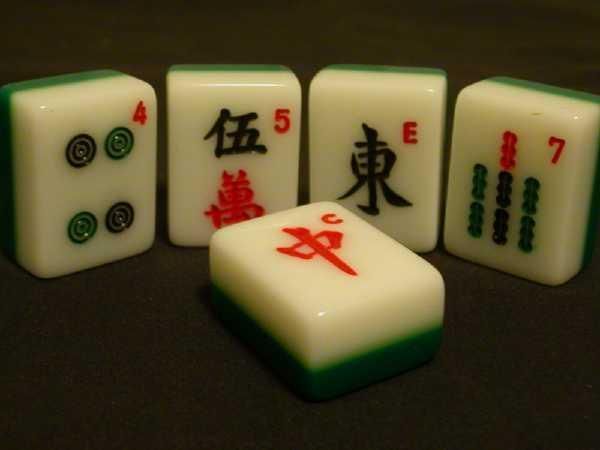Mahjong (1850) Board Game
Mahjong is a popular tile-based game that originated in China during the Qing dynasty in the mid-19th century. It has since spread around the world and has become a beloved pastime for many. The game is often played with a set of 144 tiles, featuring different symbols and characters.
Game Components of Mahjong
How To Setup Mahjong
To set up Mahjong, a dealer is appointed to shuffle the 144 tiles and deal 13 tiles to each player, while the dealer takes 14 tiles. The remaining tiles are placed face down in a draw compartment. Players arrange their tiles into a wall in front of them, with the dealer starting the game by discarding one of their tiles.
Gameplay Mechanics and Game Objective
Player Experience
Mahjong is a game that requires strategic thinking and a bit of luck. Players must pay close attention to the tiles being discarded to seize opportunities to complete their sets and pairs. The game fosters social interaction as players negotiate and strategize around the tiles they need. With its rich history and multiple variations, Mahjong offers a dynamic and engaging experience for players of all skill levels.
Pros
Cons
Personal Thoughts on Mahjong
Mahjong is a game that is perfect for those who enjoy strategy, social interaction, and a touch of luck. It’s ideal for groups of four players looking to engage in a game that combines mental challenge with fun. While it may have a steep learning curve, the game’s depth and variety make it rewarding for both casual and experienced players. Whether you’re interested in its cultural heritage or just looking for a new game to enjoy with friends, Mahjong is definitely worth exploring.
We are supported by our audience. When you purchase through links on our site, we may earn an affiliate commission, at no extra cost for you. Learn more.

